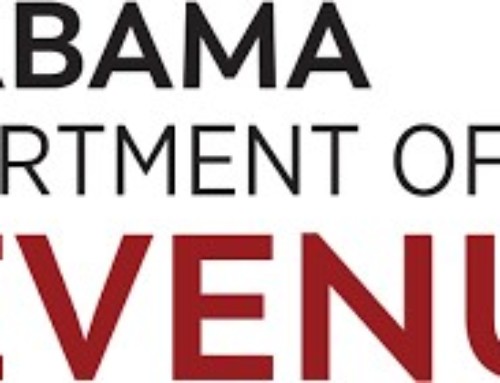By: Jennifer Stripling, Tax Manager
Jennifer is a tax manager, a member of the JMF Tax Department and in an integral part of the JMF State and Local Tax (SALT) group. With over 11 years of experience, she assists clients with corporate, partnership, and individual income tax reporting as well as complex multi-state income and sales tax issues.
With the IRS’s release of the Transfer Pricing Audit Roadmap in early 2017, the issue of transfer pricing between commonly controlled entities continues to be a focus of IRS issue-based audits.
Transfer pricing in general
Transfer pricing is a term used to describe methods of pricing transactions between entities located in different countries that are under common control. These can include transfers of tangible goods, services, intellectual property or financing transactions.
Intercompany pricing can impact how much income tax is paid to each country when a company operates in more than one country. Tax authorities of each affected country carefully scrutinize the allocation of profits between various countries when transactions occur between related parties. To comply with the rules, intercompany transactions that increase profits in one country and decrease profits in a second country should be priced at rates that qualify as an “arm’s length standard”- i.e at prices comparable to the prices that would be charged to an unrelated company. If you have these type transactions, you are responsible for maintaining the necessary documentation to justify intercompany pricing to tax authorities.
Filing any of the following international forms is an indication to the IRS that transfer pricing could be an issue for examination: Forms 5471, 5472, 8858, 8865.
US penalty rule
The burden of proof is on taxpayers to demonstrate arm’s length transactions or face substantial penalties. The regulations impose a 20% non-deductible transactional penalty on a tax underpayment attributable to a transfer price that is 200% or more, or 50% or less than the arm’s length price. The penalty is increased to 40% if the reported transfer price is 400% or more, or 25% or less than the arm’s length price. A net adjustment penalty could also apply if the net adjustment exceeds the lesser of $5 million or 10% of the taxpayer’s gross receipts. However, the regulations provide rules that prevent the transactional penalty and net adjustment penalty from applying to the same underpayment.
Taxpayer’s responsibilities
To avoid the transfer pricing penalty, taxpayers must maintain sufficient documentation to establish arm’s length pricing. The documentation must be provided within 30 days of the IRS request once a taxpayer is selected for examination. Documents requested during an examination would include, but are not limited to, (1) a description of the selected pricing method and why that method was selected, (2) a description of alternative methods that were considered and an explanation of why they were not selected, (3) a description of comparable uncontrolled transactions that were used with the transfer pricing method and how comparability was evaluated.
If you think your company may need a Transfer Pricing study, please reach out to our International Practice Group.






We are a US subsidiary of a foreign Parent. We are told they did a transfer pricing study.. They set all pricing to us. Are we required to do a study here in the US, or does the foreign Study make us compliant